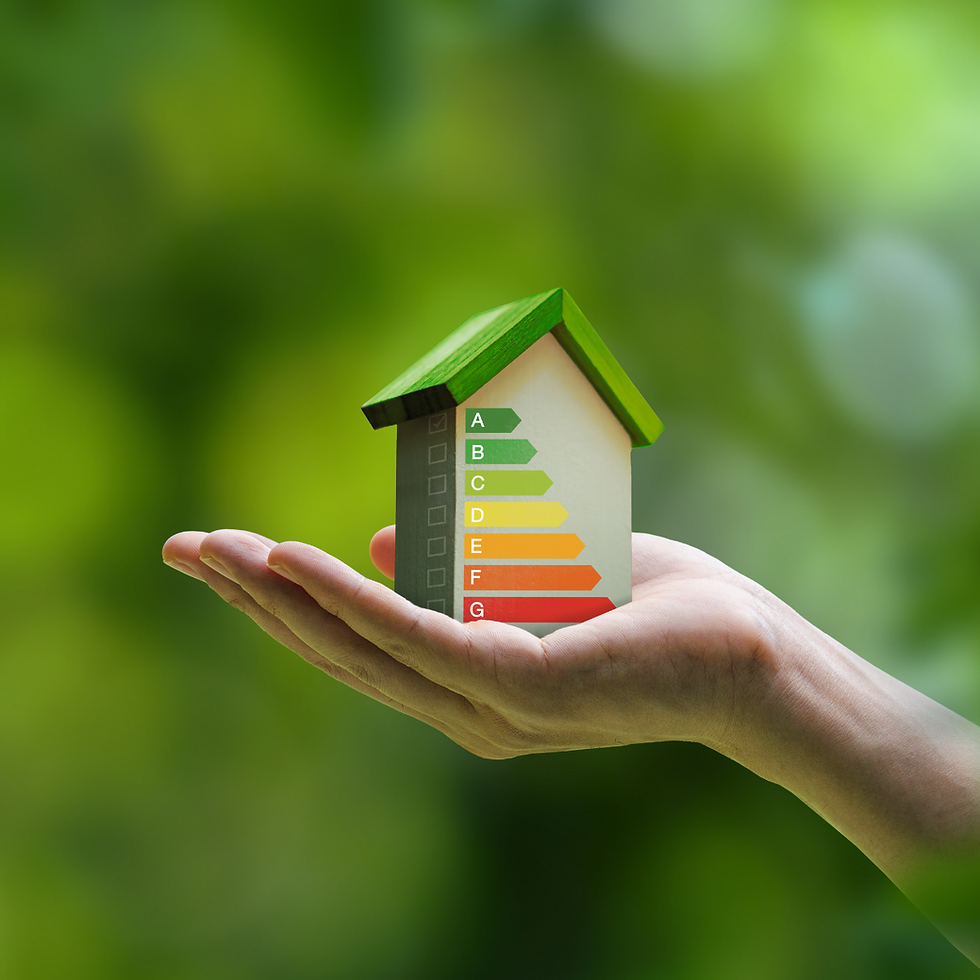Low-Carbon Cities Start with Data: Urban Carbon Tracking Through Smart Infrastructure
- Ritisha Sachin Bhatt
- Sep 12
- 3 min read

The Role of Data in Achieving Low-Carbon Cities
Urban carbon tracking is becoming a critical component in the quest for sustainable, low-carbon cities. As urban populations grow, so do their carbon footprints, making it essential for cities to adopt smarter, data-driven solutions to measure and reduce emissions. Smart infrastructure, powered by IoT sensors, AI analytics, and real-time monitoring, is providing municipalities with the tools they need to track and manage their carbon output effectively. This transition to low-carbon cities relies heavily on the ability to capture data, make informed decisions, and implement actionable strategies to meet environmental goals.
The Importance of Urban Carbon Tracking
Understanding Carbon Emissions in Urban Settings
Urban areas are responsible for a significant portion of global carbon emissions. From transportation systems to residential and industrial energy use, cities are major contributors to greenhouse gases. The first step to reducing emissions is understanding where and how they occur. Urban carbon tracking tools enable cities to map emissions sources, assess their environmental impact, and prioritize actions.
Why Traditional Approaches Fall Short
Conventional methods of carbon measurement are often outdated and inefficient. Many cities still rely on static, periodic reporting systems that offer limited real-time insight into emissions. Without continuous tracking, cities cannot react quickly enough to manage sudden spikes in emissions or identify areas for improvement.
How Smart Infrastructure Drives Carbon Tracking
IoT and Real-Time Data Collection
Internet of Things (IoT) devices are central to modern carbon tracking systems. By embedding sensors in key urban infrastructure such as roads, buildings, and utilities, cities can collect real-time data on air quality, energy consumption, and traffic patterns. This data helps build an accurate picture of the city’s carbon footprint.
AI and Predictive Analytics for Emissions Control
AI plays a key role in analyzing the data collected by IoT devices. By using machine learning models, AI can predict future emissions trends based on historical data and real-time inputs. This predictive capability enables cities to anticipate carbon spikes and take preventative measures.
Energy Management Systems and Smart Grids
Smart grids and energy management systems allow cities to monitor and optimize energy use across their infrastructure. By integrating carbon tracking into energy networks, cities can identify areas where energy waste occurs and implement strategies to reduce consumption. For example, smart lighting can automatically adjust based on occupancy or environmental conditions, reducing unnecessary energy use and, ultimately, emissions.
Real-World Examples of Urban Carbon Tracking
Smart Mobility: Reducing Emissions in Transportation
Transportation is one of the largest sources of carbon emissions in urban areas. By tracking vehicle traffic, energy consumption, and public transit use, cities can identify areas for improvement. For example, smart traffic management systems can optimize traffic flow, reducing congestion and emissions. Cities can also promote low-carbon alternatives like electric buses or bike-sharing systems by leveraging data to assess their usage and effectiveness.
Building Efficiency: Integrating Carbon Monitoring in Architecture
Buildings account for a large portion of urban carbon emissions. Smart building systems equipped with sensors and automated controls can track and adjust energy use in real time. Cities like Singapore have implemented smart building standards that monitor energy consumption, air quality, and waste management, providing actionable data to reduce emissions and enhance sustainability.
Environmental Monitoring and Air Quality Management
Air quality monitoring networks that use IoT sensors help cities track pollutants and greenhouse gases like CO2. By linking these sensors to carbon tracking platforms, cities can take real-time action to improve air quality, such as adjusting traffic patterns or implementing green spaces in high-emission areas.
The Role of Mingothings in Supporting Urban Carbon Tracking
Platform Integration for Smart Cities
MYi plays a pivotal role in integrating the technologies that power urban carbon tracking systems. By creating scalable, modular solutions that connect IoT devices, AI tools, and municipal systems, Mingothings helps cities efficiently monitor, analyze, and manage their carbon emissions. These integrated platforms allow cities to continuously improve their sustainability efforts while providing transparent data to citizens.
Collaborative Ecosystems for Long-Term Impact
Through collaborative partnerships, Mingothings fosters ecosystems that support long-term urban sustainability. By bringing together tech companies, local governments, and communities, the company ensures that carbon tracking initiatives are well-supported, scalable, and aligned with overall sustainability goals.
Conclusion: Data-Driven Sustainability for Low-Carbon Cities
The future of sustainable cities lies in urban carbon tracking powered by smart infrastructure. Real-time data, AI, and IoT are transforming how cities measure and manage their carbon footprint, enabling smarter, more efficient decisions that can lead to a significant reduction in emissions. With the support of companies like Mingothings International, cities can implement scalable, effective solutions that not only reduce their environmental impact but also create a more livable, resilient urban environment for future generations.
Discover how MTi can help you leverage these trends to revolutionize your business. Contact us here.


